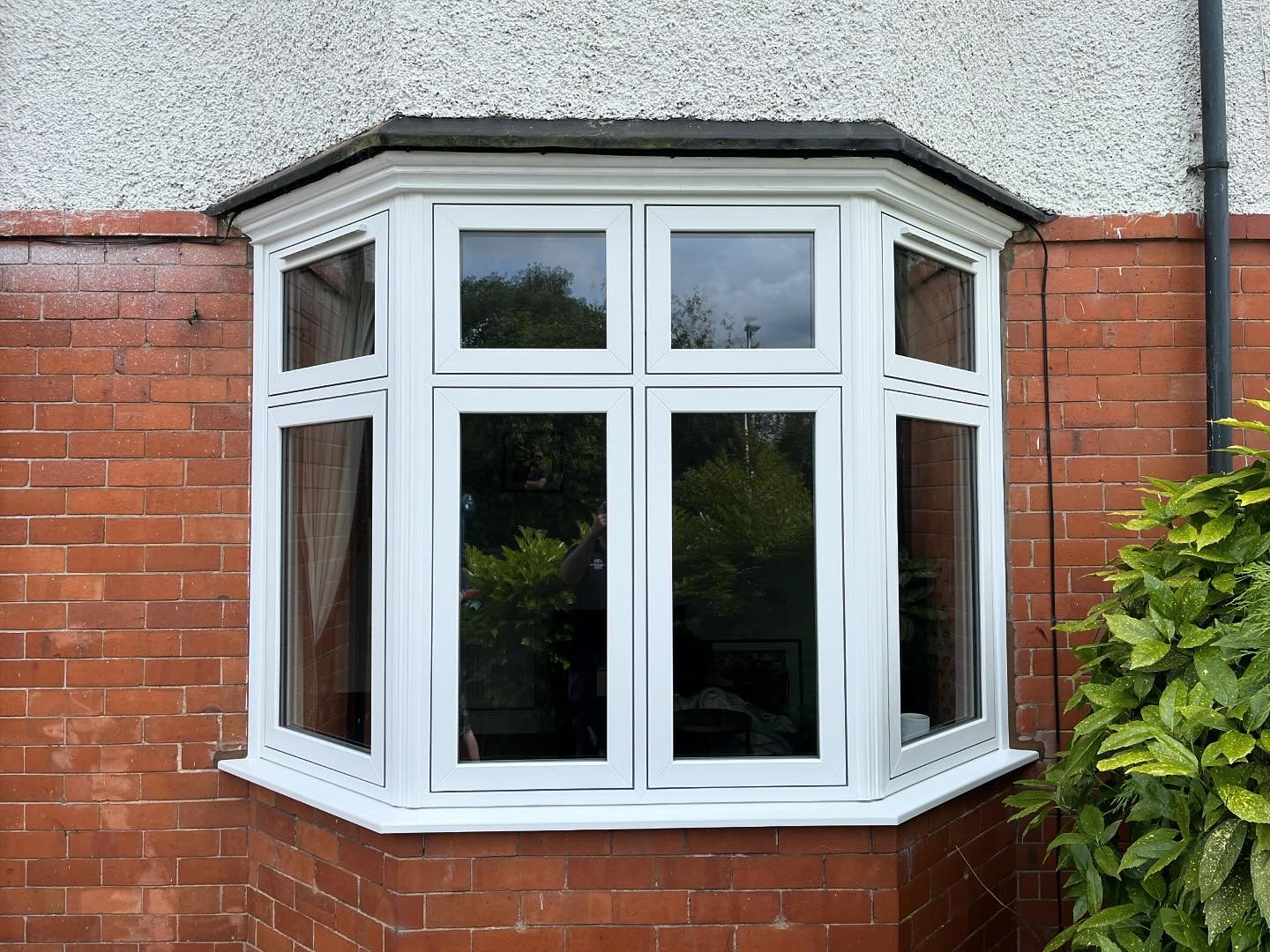Windows are an essential component of any building, serving as the primary interface between the indoor and outdoor environments. They not only provide natural light and ventilation but also contribute to the aesthetic appeal and energy efficiency of a structure. In recent years, advancements in window technology have led to the development of new types of windows that offer better performance, durability, and design options. This article will explore the various aspects of new windows, including their types, materials, benefits, and considerations for installation.
Types of New Windows
New windows come in various styles and configurations, each designed to meet specific functional and aesthetic needs. Some of the most common types of new windows include:
- Double Glazing St Albans-Hung Windows: These windows feature two vertically sliding sashes that can be opened from both the top and bottom. They are popular for their classic look and ease of cleaning.
- Casement Windows: Hinged on one side, casement windows open outward, allowing for maximum ventilation. They are often used in hard-to-reach areas and can be easily operated with a crank.
- Slider Windows: These windows consist of two or more sashes that slide horizontally. They are easy to operate and provide a modern look, making them suitable for contemporary homes.
- Awning Windows: Hinged at the top and opening outward, awning windows are ideal for ventilation while protecting against rain. They are often used in combination with other window types.
- Picture Windows: Fixed and non-operable, picture windows are designed to provide unobstructed views of the outdoors. They are often larger and can be used to create a focal point in a room.
- Bay and Bow Windows: These windows project outward from the building, creating a nook inside. Bay windows typically consist of three panels, while bow windows have four or more, providing a panoramic view.
Materials Used in New Windows
The choice of materials for window frames significantly impacts their performance, durability, and maintenance requirements. Common materials used in new windows include:
- Vinyl: Vinyl windows are popular due to their affordability, low maintenance, and energy efficiency. They are resistant to moisture, rot, and insects, making them a durable choice.
- Wood: Wooden windows offer a classic aesthetic and excellent insulation properties. However, they require regular maintenance to prevent rot and damage from insects.
- Aluminum: Aluminum windows are strong, lightweight, and resistant to corrosion. They are often used in commercial buildings and modern homes but may require thermal breaks to improve energy efficiency.
- Fiberglass: Fiberglass windows are known for their strength and energy efficiency. They can mimic the appearance of wood while offering better durability and lower maintenance.
- Composite: Composite windows combine different materials, such as wood and vinyl, to create a product that benefits from the advantages of each. They offer good insulation and durability while requiring less maintenance than traditional wood windows.
Benefits of New Windows
Investing in new windows can provide numerous benefits for homeowners and building occupants:
- Energy Efficiency: New windows are designed with advanced technologies, such as Low-E coatings and argon gas fills, that enhance their insulation properties. This can lead to significant energy savings on heating and cooling costs.
- Improved Comfort: High-quality windows minimize drafts and temperature fluctuations, creating a more comfortable indoor environment. They also reduce noise pollution from outside.
- Enhanced Aesthetics: New windows can dramatically improve the curb appeal of a home. With a variety of styles, colors, and finishes available, homeowners can choose windows that complement their architectural style.
- Increased Property Value: Upgrading to new windows can increase the resale value of a home. Potential buyers often view energy-efficient and aesthetically pleasing windows as valuable features.
- Low Maintenance: Many new window materials, such as vinyl and fiberglass, require minimal maintenance compared to traditional wood windows, which need regular painting and sealing.
Considerations for Installation
When considering the installation of new windows, several factors should be taken into account:
- Energy Efficiency Ratings: Look for windows with a good energy performance rating, such as the ENERGY STAR label. This indicates that the windows meet strict energy efficiency guidelines.
- Local Climate: The climate in your area will influence the type of windows that are most suitable. For example, homes in colder climates may benefit from triple-pane windows, while those in warmer areas may prefer windows with reflective coatings.
- Installation Quality: Proper installation is crucial for maximizing the performance of new windows. It is advisable to hire a professional installer with experience in window replacement to ensure a proper fit and seal.
- Budget: New windows can vary significantly in price based on materials, style, and energy efficiency features. It is essential to set a budget and explore options that meet your needs without compromising quality.
- Building Codes and Regulations: Before installation, check local building codes and regulations to ensure compliance. Some areas may have specific requirements for window types, especially in historical districts.
Conclusion
New windows are an important investment for any building, offering a combination of aesthetic appeal, energy efficiency, and comfort. With a wide range of styles and materials available, homeowners can choose windows that not only enhance their property's appearance but also contribute to lower energy bills and improved indoor living conditions. By considering factors such as energy efficiency ratings, local climate, and professional installation, individuals can make informed decisions that will benefit their homes for years to come.







